April 19th National Cemetery (국립4.19민주묘지)
April 19th National Cemetery (국립4.19민주묘지)
 – Homepage
– Homepage
419.mpva.go.kr
– Tel
+82-2-996-0419
Located at the foot of Bukhansan Mountain, the April 19th National Cemetery was established in memory of the 224 people who lost their lives during the 4.19 Revolution in 1960. The cemetery features a memorial hall and a traditional wooden structure that houses the grave of the historic figure Yu Yeongbong.
At the cemetery is a pond surrounded by sculptures such as “Symbolic Door,” “Roots of Democracy,” and “Sparks of Justice” and a memorial tower bearing an inscription for the brave patriots who lost their lives during the revolution. Groves of pine, juniper, yew, and maple trees and the well-kept hiking path add a natural charm to the overwhelming ambiance of peace and serenity. Many people visit to see the spring blossoms in May, and throughout the year to take in the glorious scene of the sunset over Bukhansan Mountain.
– Address : 17, 4.19-ro 8-gil, Gangbuk-gu, Seoul
※ Presentation Information
– Information and Guides
• 1330 Travel Hotline: +82-2-1330
(Korean, English, Japanese, Chinese)
• For more info: +82-2-996-0419
– Parking
Available
– Day Off
[Cemetery] N/A (Open all year round)
[Memorial Hall] Mondays (closed next day if Monday is a public holiday)
– Operating Hours
[Cemetery] March-October 06:00-18:00 / November-February 07:00-18:00
[Memorial Hall] March-October 09:30-17:30 / November-February 09:30-16:30
– Restrooms
Available
– Available Facilities
[Main facilities/landmarks]
4.19 Revolution Memorial, memorial monument, memorial altar, exhibition hall, walking path, etc.
– Exhibition hall
1F: Exhibition on background and unfolding of 4.19 Revolution
2F: Exhibition of historical artifacts from the 4.19 Revolution
– Theater seminar room
– Admission Fees
Free
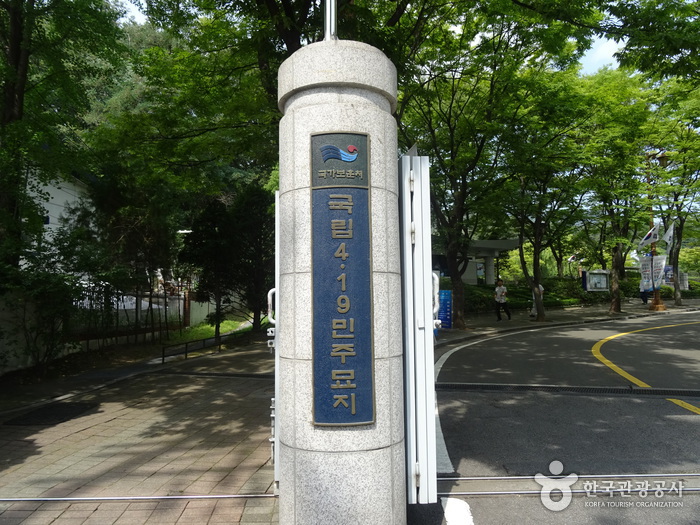
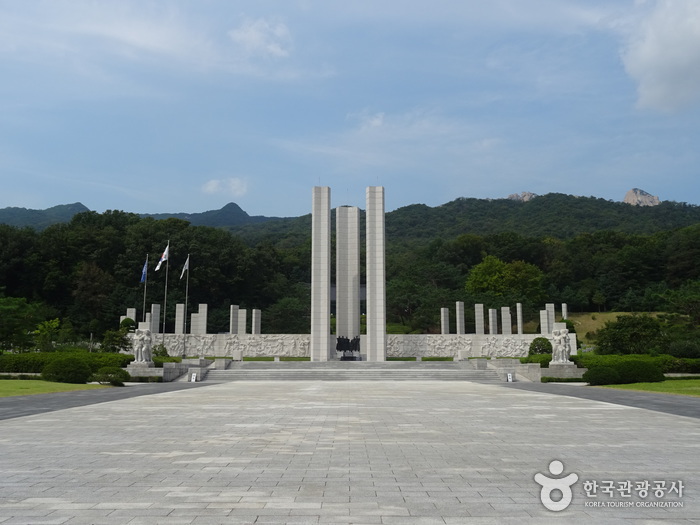

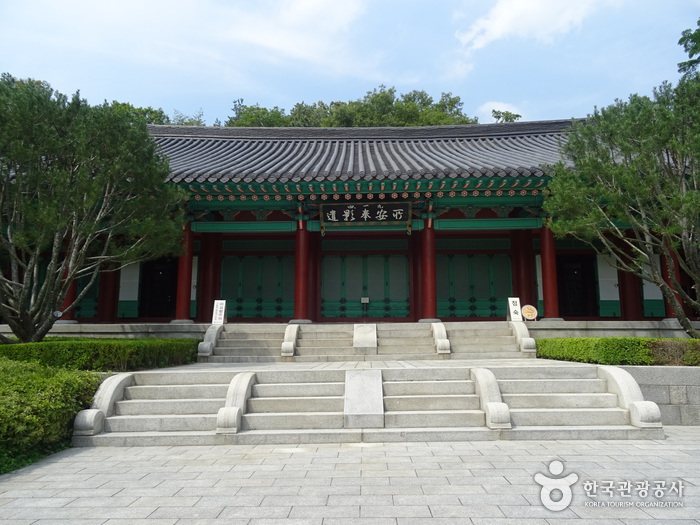
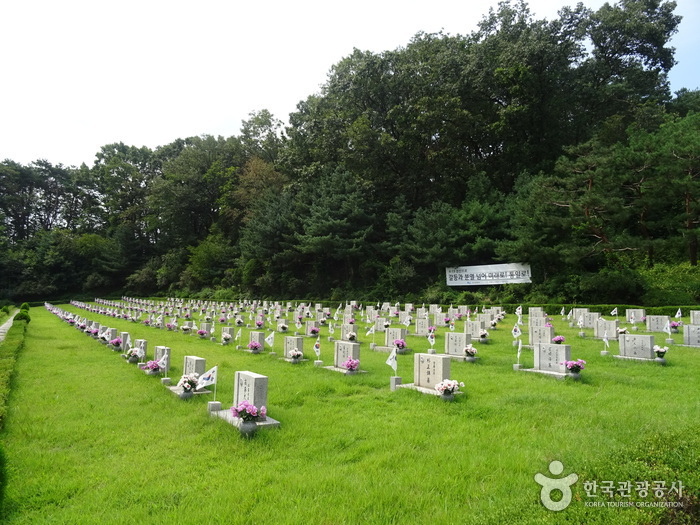
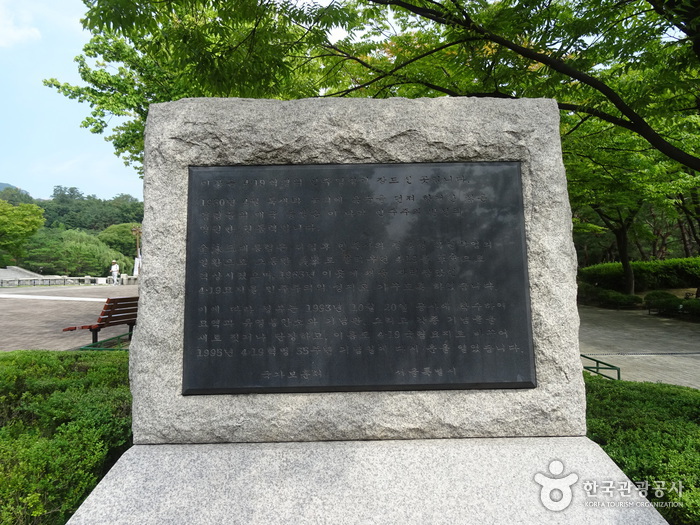


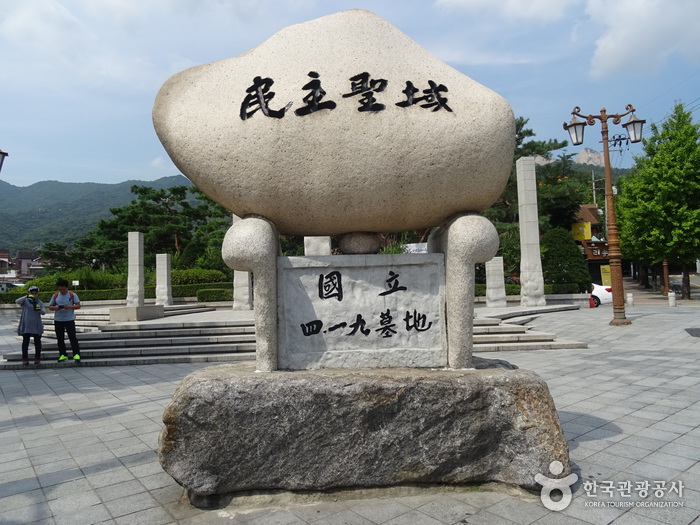
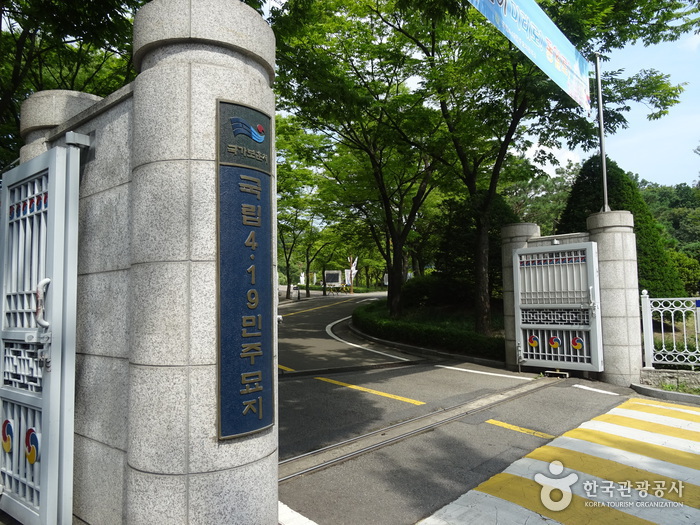
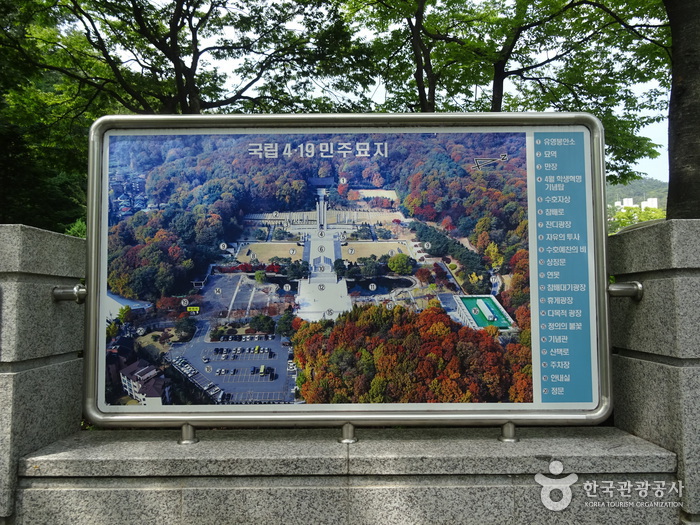
◎ Nearby Tourism Infobox
⊙ Seonungak (한옥카페 선운각)

Seonungak is a hanok cafe facing Doseonsa Temple at the foot of Bukhansan Mountain, the perfect location to take in the beauty of the changing seasons. The cafe is also the largest hanok building outside of the royal palaces in Seoul. Previously limited to weddings and filming events, the hanok has reopened as a cafe, selling a range of traditional Korean drinks.
⊙ Seoul Hiking Tourism Center – Bukhansan Branch (서울도심등산관광센터(북한산))
– Homepage
seoulhiking.or.kr
– Tel
+82-1533-2608
The Seoul Hiking Tourism Center is located 5 minutes on foot from Exit 2 of Bukhansan Ui Station and provides various services to hikers. It provides hiking course guidance and information (available in Korean, English, Chinese, and Japanese) about the mountains of Seoul, including Bukhansan, Bugaksan, and Inwangsan Mountains, as well as promotional materials such as Seoul hiking tourism guidebooks and maps. Also, it operates hiking tour programs with various themes every week for foreigners and offers hiking gear rental services such as hiking boots, hiking attire, trekking poles, gloves, and crampons for foreigners. (Koreans accompanied by foreigners can also rent the gear.) In addition, there is a storage locker and lounge for visitors, so they can pack up and rest before hiking.
⊙ Seoul Doseonsa Temple (도선사(서울))
– Homepage
www.doseonsa.org (Korean only)
Doseonsa Temple was established 1,100 years ago during the latter part of the Silla Kingdom when the renowned Buddhist priest Doseonguksa was traveling through the mountains. After visiting the site, Doseonguksa made a prophecy that led to the construction of the temple. According to legend, he used only his walking stick to carve the large Bodhisattva that sits at the temple. Interestingly enough, the statue does not show any evidence of chisel marks, further adding to the mystery of how the statue was made.
During the 7th year of King Gwangmu of the Joseon dynasty, Doseonsa Temple was officially named the representative temple of Korea with the purpose of promoting Cheongdamdaejongsa’s Korean Buddhism movement, aiming at a religious revival. Due to these special circumstances Deseonsa Temple gained a high reputation and much recognition, which have held strong to this day.
Inside the temple, visitors can view the remains and written works of Cheongdamdaejongsa in the Cheongdamdaejongsa Memorial Hall. Next to the road leading to Cheonbuljeon Hall is a pond where you can toss a coin and make a wish and just past Yongammun Gate is a hiking path connecting Baegundae Cliff and Insubong Peak. Inside the Ksitigarbha Hall are portraits of President Park Chung-hee, Yuk Yeong-su, and Hyundai Chairman Chung Ju-yung. In front of the hall is a tree that is said to have been planted by a Buddhist priest who brought it from India 200 years ago. Historical artifacts can be found throughout the temple.
⊙ Bukhansan Dulle Trail Section 1 ([북한산 둘레길] 1 소나무숲길 )
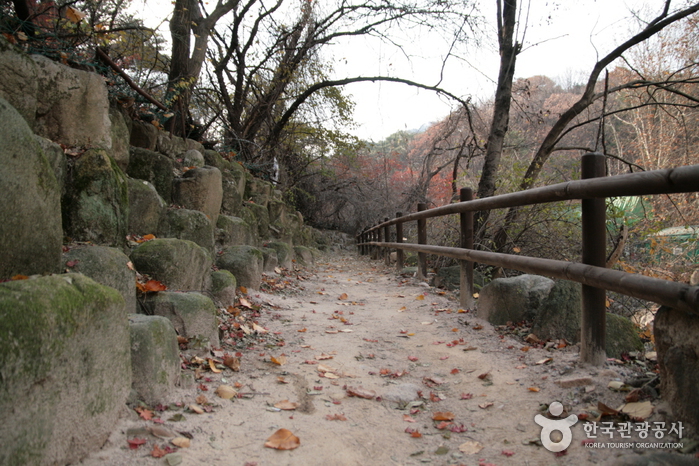
– Homepage
www.knps.or.k
Bukhansan Mountain is a mountain representing Seoul, which 5 million people visit every year. It is not easy to hike up to the top, but the dulle trail allows one to enjoy the beauty of the mountain without too much effort. Bukhansan Dulle Trail is a low-lying, horizontal walking trail created by connecting and refining existing side paths, allowing for a leisurely walk along the foot of the mountain. The Pine Forest Trail, one section of the trail consisting of 21 themes, is 2.9 kilometers long from the entrance to Uiryeong Trail to the top of Solbat Neighborhood Park. It is filled with majestic pine trees, and the road is wide and gentle, making it a perfect place to enjoy a walk. Most of the section is shaded by trees, so visitors can feel cool while walking up even on hot summer days.
⊙ 100 Years Market 100 Years Night (백년시장 백년나이트)
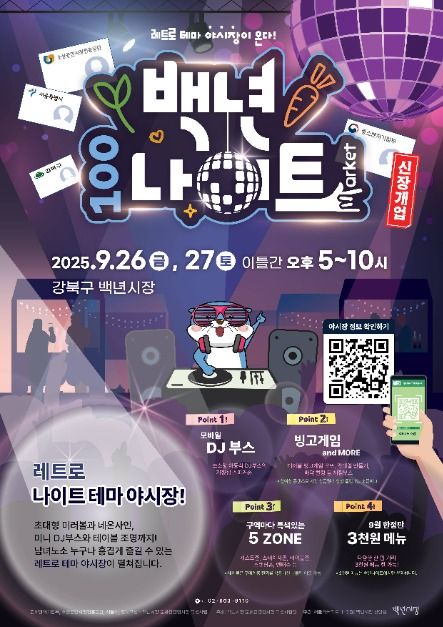
– Homepage
100ymtf.wixsite.com/100night
– Tel
+82-2-903-9110
100 Year Market, a traditional market with a long history, transforms into a vibrant night market as evening falls. With a mini mirror ball, neon signs, and a mini DJ booth alongside new dining options each month, this retro-themed market is perfect for visitors of all ages.
⊙ Dooly Museum (둘리뮤지엄)
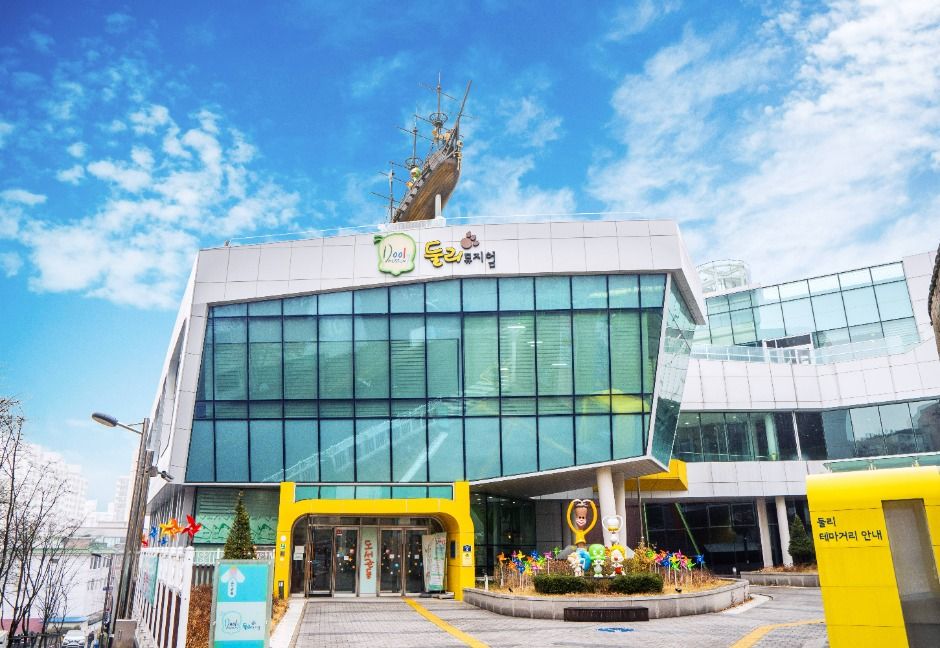
– Homepage
www.doolymuseum.or.kr
Dooly Museum is Korea’s first museum to be dedicated to a single character. The museum is dedicated to Dooly, the main character from the Korean cartoon series “Dooly the Little Dinosaur.” The cartoon was published as a series on a comic magazine called “Bomulseom” from 1983 to 1993, following Dooly’s adventure that begins from his arrival to Ssangmun-dong inside a glacier from the Ice Age. Inspired by the series, this interactive museum was founded in Ssangmun-dong and explores the value and meaning of the hit series through the expansion of its works such as the animation series, character merch, and other media sources.
⊙ Seoul Hwagyesa Temple (화계사(서울))
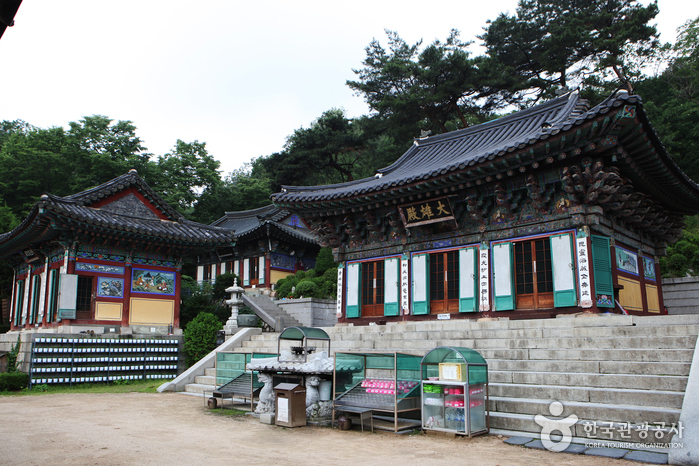
– Homepage
www.hwagyesa.org
www.templestay.com
– Tel
+82-2-902-2663
Hwagyesa Temple was built in 1522 (the seventeenth year of the reign of King Jungjong of the Joseon dynasty) by monk Shinwol, but was destroyed in a fire in 1618. It was rebuilt the following year, and expanded In 1866 through the efforts of Monks Yongseon and Beomun.
The temple also has various templestay programs for visitors. Hwagyesa Temple is located not too far from the city but also provides a natural environment.
⊙ Wondangsaem Park (원당샘공원)
View detailed guide on Korea Trip Guide →
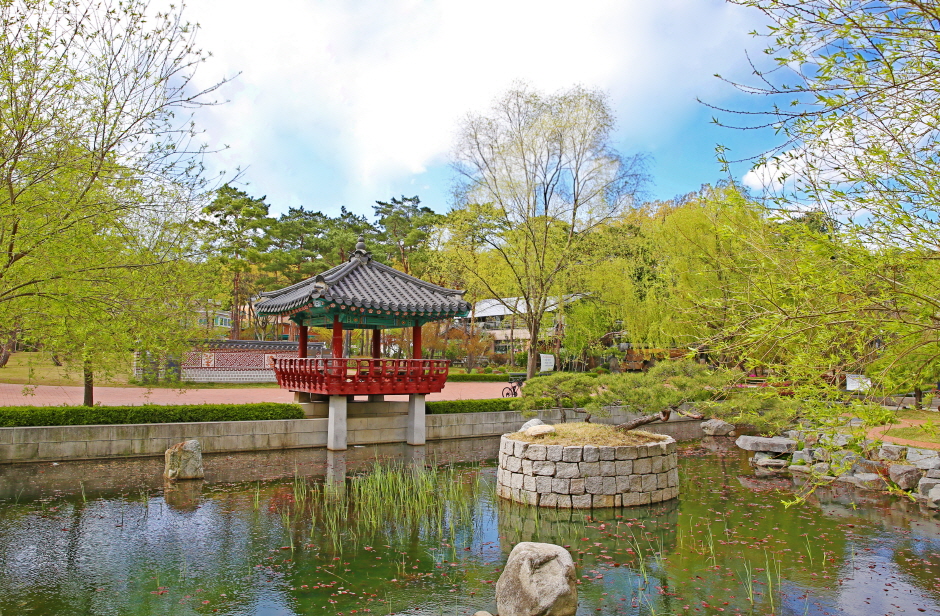
– Homepage
tour.dobong.go.kr
Wondangsaem Pond is named after the Wondang village, where the Yun family settled about 600 years ago. It is a park that harmoniously blends a traditional pond with a Hall of Rejoicing Pavilion called Samojeong, a wall fall, and a floral wall. During autumn, the golden foliage of an 800-year-old ginkgo tree enriches the surroundings, and a deck path around the tree offers a delightful stroll.
⊙ Hottracks – Suyu Branch [Tax Refund Shop] (핫트랙스 수유점)
–


